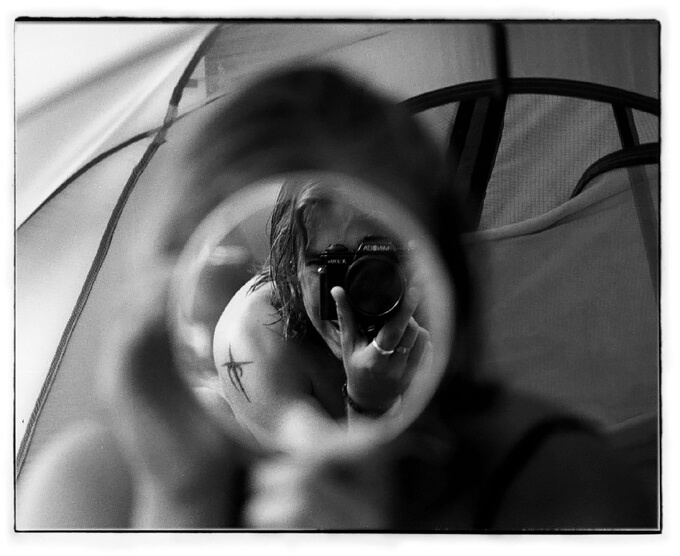My uncle is a very accomplished craftsman and very keen and skilled amateur photographer. I always loved to see him draw, paint, design and gave me my fist Minolta x370 35mm manual camera when I was about 8, so it started there.
At school and Uni I studied art subjects. I graduated in Graphic Design, worked for a year as a junior designer, but all the time thought I wanted to be the guy who came into our office with a contact sheet of commissioned photography, and not the guy sitting at a screen and designing the layouts for his photos. A friend was working in a Commercial Photo studio and needed some summer intern cover, and I jumped at the chance. 3 months tuned into nearly 4 years at the studio, and I learnt the skills, techniques, discipline, equipment and it opened my eyes to the industry and business of commercial photography. I have always had a passion for travel and I was eager to get outside, into the sun, and shoot people and places...we worked on products, catalogues and room sets at the studio which was an amazing experience and training, but not what I most desired to be shooting.
I was fortunate enough to learn my trade in the days of film, and came to professional photography just as digital was breaking in and the industry was opening up and shifting. This gave me the technical skills of shooting on film for many years, and the ability to by my first semi-pro digital slr and advertise online for freelance jobs - so I had the best of (understanding) both worlds.
After some travel and teaching TEFL with my wife, we came back to the UK and I started to freelance, shooting mostly art projects, working for the Arts Council and delivering educational programmes, and all the time slowly building up my freelance business. So since about 2003 I have worked as a commercial and corporate photographer, covering a wide range of subjects and industries and have had the opportunity to work with some amazing and diverse clients. The work as a tutor gives me the opportunity to travel and practice my craft and I bring that inspiration back to my business.
Part of my early freelance work was shooting business portraits, and so I started to advertise specifically for Corporate Headshots and Portraits as a separate arm of my work, and this has become the main source of my income and commissions over the past few years. I have shot for huge companies with 1000's employees, as well as small businesses, professionals and entrepreneurs. I try to bring a sense of style and creativity, and an editorial feel to the ‘Corporate Headshot' and think that defines me with a distinctive look and product. I enjoy bringing a bit of creativity and style into the
corporate world in my own little way, and years of shooting 1000s of people means I can read with my sitters quickly, make them feel at ease and connect with them which is something that shows through in my portraits. The skill is to do that within the 4 or 5 minutes I have with each person, sometimes up to 60-100 times a day!
Most recently I shot a campaign for a bowling alley company, working with a sports marketing agency, and so in between my corporate work and travels, I work with agencies for hospitality, sports and automotive industries. Working on set with director Shane Meadows was a great experience, as well as shooting the bands I loved since I was a kid from the press pit and back stage at rock festivals - a real pinch yourself moment. As I often photograph a lot of faces and people in my daily work, it is always nice to get a luxury hotel commission where it's all about the rooms and design, architecture and details and make for a pleasurable change of pace.
I was born in Poland in 1977, at 2 months packed into basket and flown to Tunis as my father was a civil engineer and contracted out there for a few years. We then lived in Poland and France and then moved to the UK when I was a child and so travel is in my blood. Since then I have been lucky to visit so many amazing countries. I have never really had money to just go travel, but always seeked out jobs where I could see the world. I have spent time as a tour guide in South America, teaching English in Nepal and India, and more recently working as a tutor has taken me all over the world. I have been lucky enough to be able to balance seeing the world, with a family life and earning here in the UK. I don't shoot travel stock or go with any intent to produce a commercial library, but more to see the people, to document their lives, to capture a story, as I feel my travel images are much more personal stories and of a more editorial feel than commercial. This may all change as i shoot new projects and seek to follow my vision.
It is still my dream to find a way to move more towards travel and editorial commissions but I am lucky to be able to make ends meet through a job that I love every day.
